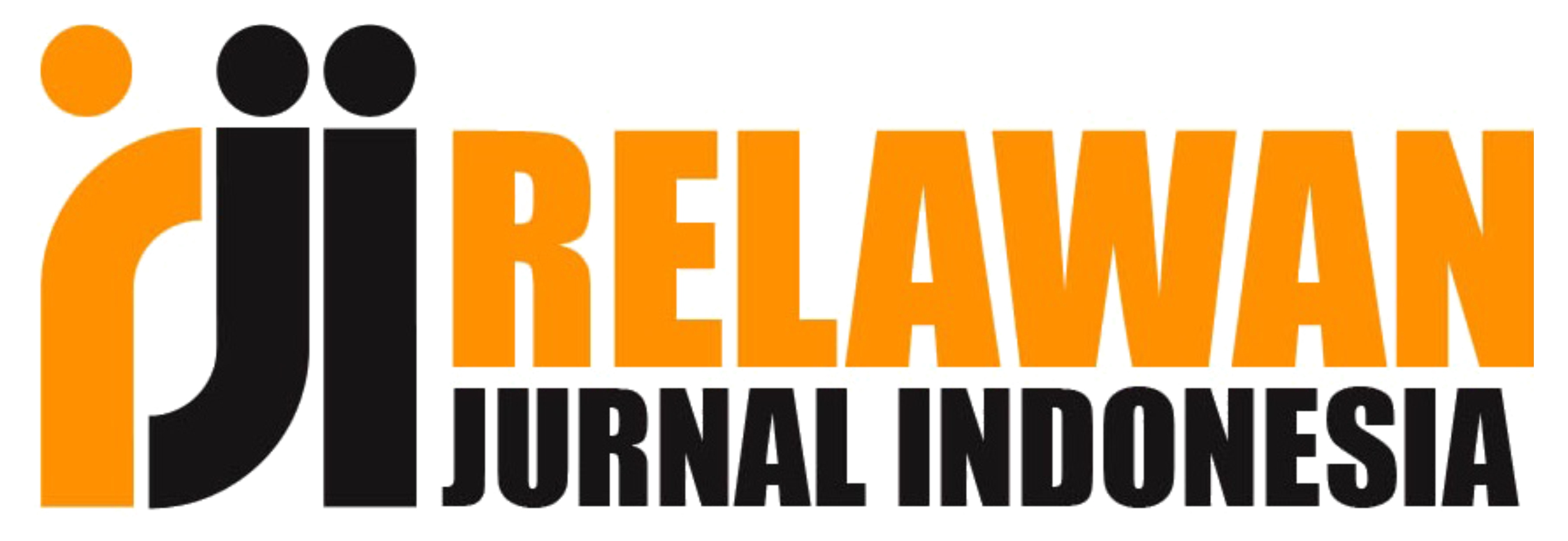Innovating Sales Performance: The Impact of Consumer Behavior, Promotion Strategies, and Service Quality at PT Arta Sedana Ngurah Rai
DOI:
https://doi.org/10.55583/invest.v5i2.1163Keywords:
Consumer Behavior, Promotion, Service Quality, Sales PerformanceAbstract
The primary objective of this research is to explore the impact of customer behavior, promotions, and service quality on the sales performance of PT Arta Sedana Ngurah Rai. The study's population consists of all customers of PT Arta Sedana Ngurah Rai, with a sample size of 90 individuals. The research employs a quantitative approach, using data obtained through questionnaires and analyzed using multiple regression analysis. IBM SPSS version 25 was utilized as the statistical tool for data analysis. The findings reveal that customer behavior positively and significantly influences sales performance, as indicated by a t-count of 3.804, which exceeds the t-table value of 1.662, with a significance level of 0.000 (< 0.05). Similarly, promotions have a positive and statistically significant relationship with sales performance, with a t-count of 1.778 > 1.662 and a significance level of 0.003 (< 0.05). Furthermore, service quality also positively and significantly impacts sales performance, with a t-count of 4.620 > 1.662 and a significance level of 0.000 (< 0.05).
References
Alalwan, A. A. (2018). Investigating the impact of social media advertising features on customer purchase intention. International Journal of Information Management, 42, 65-77. https://doi.org/10.1016/j.ijinfomgt.2018.06.001
Chatterjee, S., & Kar, A. K. (2020). Why do small and medium enterprises use social media marketing and what is the impact: Empirical insights from India. International Journal of Information Management, 53, 102103. https://doi.org/10.1016/j.ijinfomgt.2020.102103
Gao, L., & Bai, X. (2014). Online consumer behaviour and its relationship to website atmospheric induced flow: Insights into online travel agencies in China. Journal of Retailing and Consumer Services, 21(4), 653-665. https://doi.org/10.1016/j.jretconser.2014.01.001
Huang, T. L., & Liao, S. (2017). Creating e-shopping multisensory flow experience through augmented-reality interactive technology. Internet Research, 27(2), 449-475. https://doi.org/10.1108/IntR-11-2015-0321
Kim, J., & Kim, J. (2020). The influence of perceived value, website trust and hotel trust on online hotel booking intention. Sustainability, 12(22), 9703. https://doi.org/10.3390/su12229703
Kumar, V., & Pansari, A. (2016). Competitive advantage through engagement. Journal of Marketing Research, 53(4), 497-514. https://doi.org/10.1509/jmr.15.0044
Ladhari, R., & Michaud, M. (2015). eWOM effects on hotel booking intentions, attitudes, trust, and website perceptions. International Journal of Hospitality Management, 46, 36-45. https://doi.org/10.1016/j.ijhm.2015.01.010
Lin, C. P., & Bhattacherjee, A. (2010). Extending technology usage models to interactive hedonic technologies: A theoretical model and empirical test. Information Systems Journal, 20(2), 163-181. https://doi.org/10.1111/j.1365-2575.2007.00265.x
Liu, Y., & Shrum, L. J. (2009). A dual-process model of interactivity effects. Journal of Advertising, 38(2), 53-68. https://doi.org/10.2753/JOA0091-3367380204
Malthouse, E. C., Haenlein, M., Skiera, B., Wege, E., & Zhang, M. (2013). Managing customer relationships in the social media era: Introducing the social CRM house. Journal of Interactive Marketing, 27(4), 270-280. https://doi.org/10.1016/j.intmar.2013.09.008
Martínez-Ruiz, M. P., & Moser, K. S. (2019). Studying consumer behavior in an online context: The impact of the evolution of the World Wide Web for new avenues in research. Frontiers in Psychology, 10, 2731. https://doi.org/10.3389/fpsyg.2019.02731
Mero, J., Tarkiainen, A., & Tobon, J. (2020). Effectual and causal reasoning in the adoption of marketing automation. Industrial Marketing Management, 86, 212-222. https://doi.org/10.1016/j.indmarman.2019.10.008
Nguyen, T. M., & Malik, A. (2020). Impact of service quality on customer satisfaction and loyalty in the banking sector: The moderating role of technology adoption. Journal of Asian Finance, Economics and Business, 7(8), 973-982. https://doi.org/10.13106/jafeb.2020.vol7.no8.973
Pantano, E., & Priporas, C. V. (2016). The effect of mobile retailing on consumers' purchasing experiences: A dynamic perspective. Computers in Human Behavior, 61, 548-555. https://doi.org/10.1016/j.chb.2016.03.071
Shareef, M. A., Dwivedi, Y. K., Kumar, V., & Kumar, U. (2017). Content design of advertisement for consumer exposure: Mobile marketing through short messaging service. International Journal of Information Management, 37(4), 257-268. https://doi.org/10.1016/j.ijinfomgt.2017.02.003
Downloads
Published
How to Cite
Issue
Section
License
Copyright (c) 2024 I Gusti Made Oka Astana, Kadek Meliani

This work is licensed under a Creative Commons Attribution-NonCommercial 4.0 International License.










